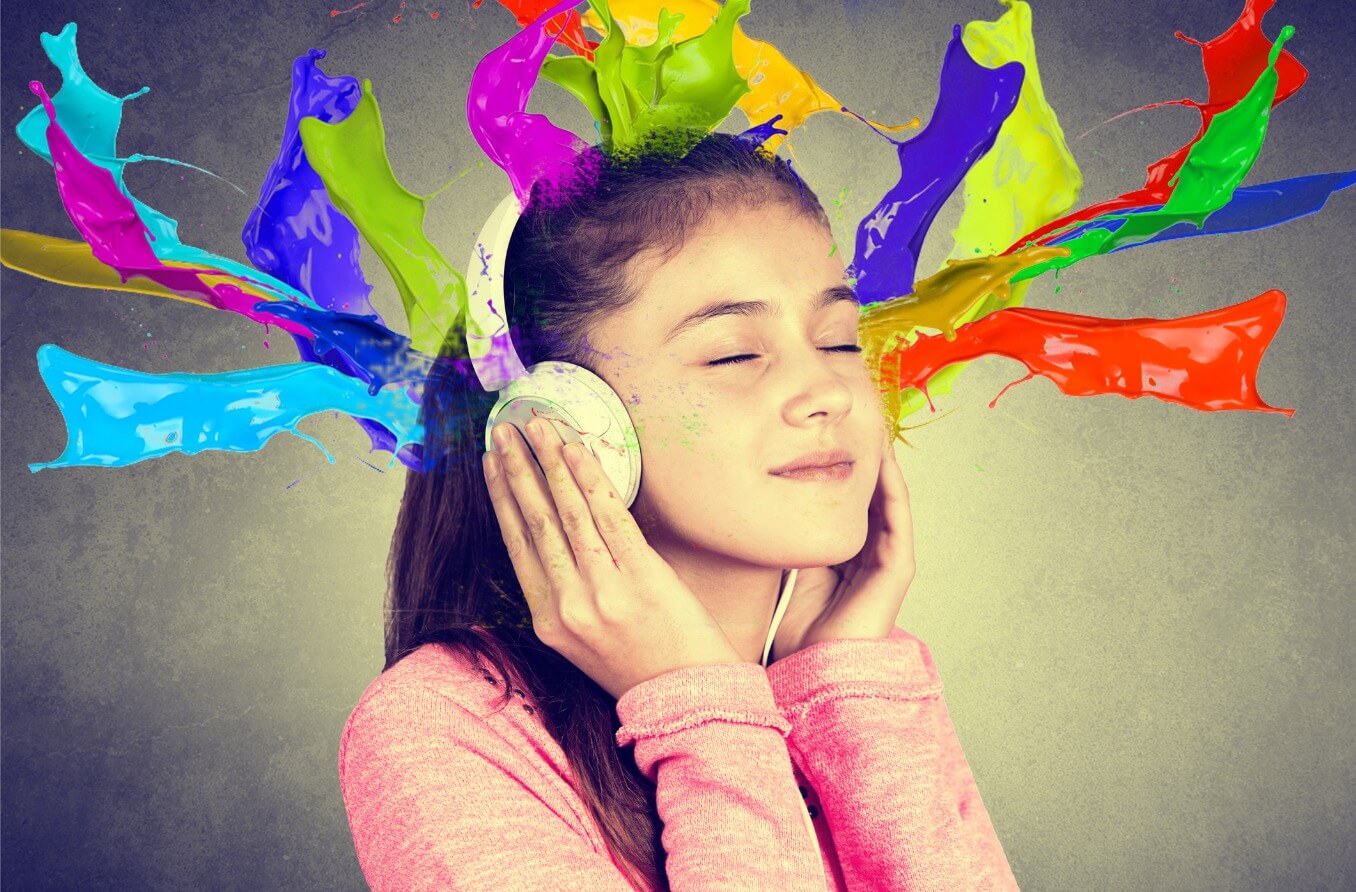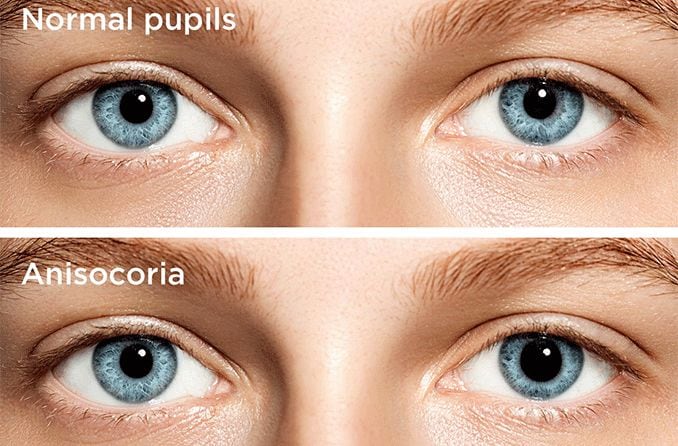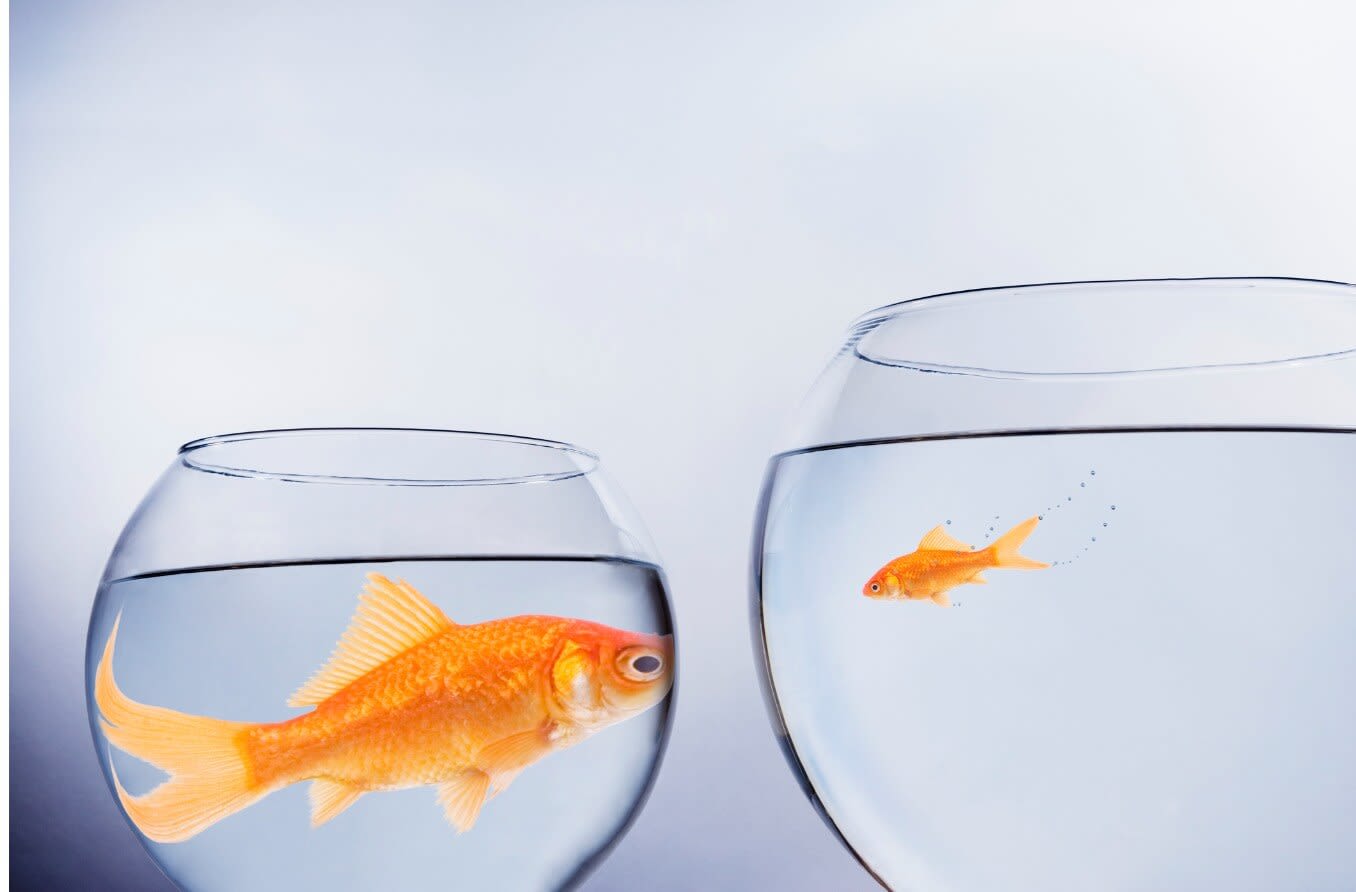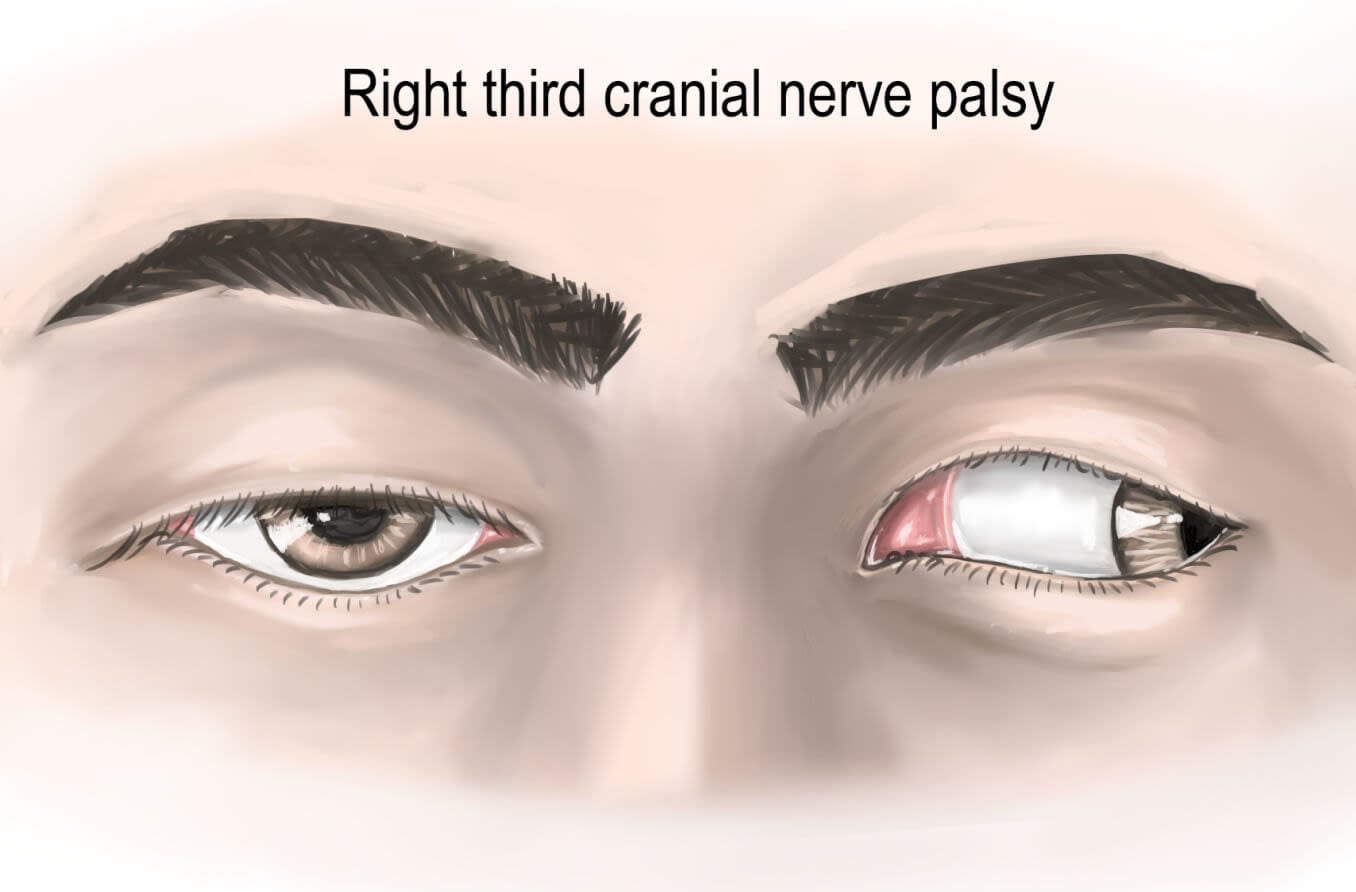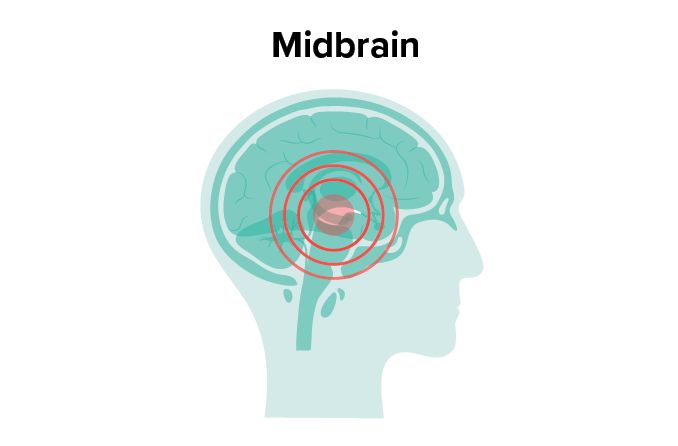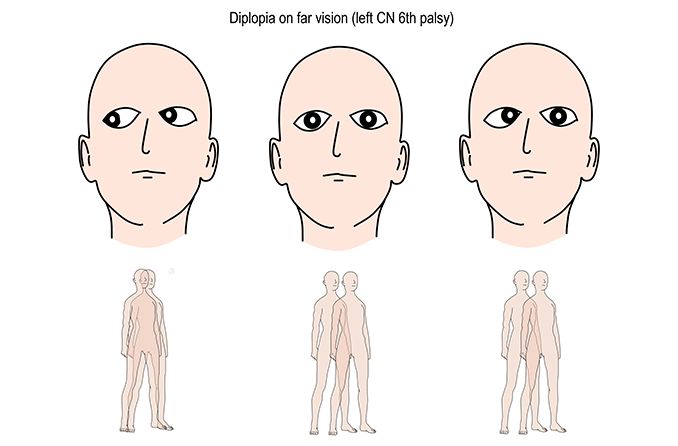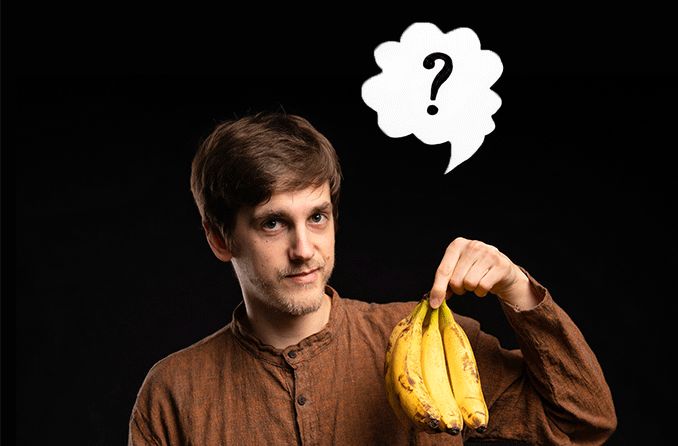What is synesthesia?
Synesthesia (sin-ess-THEE-zhuh) is a neurological condition that impacts an individual’s senses. When one sense activates, a second sense activates at the same time. For some, certain sounds may cause the person to see a certain color. For others, some words may bring up a specific taste.
Synesthesia, which means “to perceive together,” is not an illness. It is simply a different way of experiencing the world because of how the brain automatically works. You can’t control it.
What causes synesthesia?
There are three steps the brain takes when using any of the five senses.
- Detection – A sensory event (like a sound) causes the body to respond (the ears perk up to listen).
- Signaling – Sensory data (the sound waves) travels to the brain for processing.
- Processing – The brain interprets the information into what we recognize as a sound.
These steps produce what is called a primary effect — the interpretation of one sense at a time. In this case, the brain recognizes a sound as someone talking.
In individuals with synesthesia (known as “synesthetes”), a secondary effect also takes place at the same time. While the only sensory input is the sound, the brain sees a color along with hearing the voice. This happens even though there has been no sensory input for the color.
These secondary effects can happen with any of the five senses.
Little is known about what causes synesthesia. However, there are three theories that have been established about its origins.
Developmental synesthesia
Those with developmental synesthesia grew up with the condition. Their brains formed differently from “typical” brains. Because of this difference, developmental synesthetes are categorized as neurodivergent.
There are a few theories about how this type of synesthesia occurs. Genetics may cause the brain to develop more connections between different areas. This increases the likelihood that multiple parts will activate at the same time.
There is evidence that it runs in families. However, each member of the family may experience different kinds of synesthesia.
Its root in brain development may explain the link between synesthesia and autism spectrum disorder (ASD). The rates of synesthesia are three times higher in those with ASD than those without.
Acquired synesthesia
Brain damage in some individuals may cause the development of synesthesia. This is known as acquired synesthesia. The physical trauma of a brain injury can reorganize neural connections in the brain. In very rare occurrences, this may cause senses to link together.
Acquired synesthesia is distinct from developmental synesthesia in a few ways. For one, it may not be as consistent and may even go away over time. Synesthetic episodes are also shorter than they are for those with developmental synesthesia.
Drug-induced synesthesia
Some individuals have experienced synesthesia after taking certain drugs designated as hallucinogens. These include drugs such as:
- Dimethyltryptamine
- LSD
- Peyote
- Psilocybin (mushrooms)
Drug-induced synesthesia only occurs with high doses of these drugs. It is not an automatic or controllable outcome.
What are the types of synesthesia?
While we have five main senses, each of those senses allows for many types of perception:
- Seeing – color, texture, pattern, shape
- Hearing – volume, pitch
- Feeling – texture, temperature, vibration, pain
There are also concepts — like language, time and numbers — that rely on the senses.
Based on the variety of sensory input, it is difficult to know how many versions of synesthesia exist. Researchers have posited that there may be up to 73 distinct types. It is also possible for one individual to experience multiple types of synesthesia. However, some are more common than others.
SEE RELATED: Will losing one sense make the others stronger?
Auditory-tactile synesthesia
Auditory-tactile synesthesia is a link between the senses of hearing and touch. Certain sounds will elicit a physical feeling, like pain, temperature changes or pressure.
Day-color synesthesia
Day-color synesthesia pairs a specific color with each day of the week. For example, the individual may recognize Tuesday as blue and Friday as green.
Grapheme-color synesthesia
Grapheme-color synesthetes also experience an automatic link between words and colors. However, the colors are linked to the graphemes, or characters, that make up the words. In these cases, the letter “S” might be blue and “T” may be red.
Grapheme-color synesthesia is one of the more common forms. Some with this form of synesthesia report seeing words as a rainbow of different colors. Others report that a word appears as the color of its starting letter.
Chromesthesia
Chromesthesia is an inherent link between color and sound. Chromestetes may also experience a shape or motion coinciding with the color. Those who have this form of synesthesia often find music more enriching.
Several famous composers have been chromesthetes. These include Franz Liszt, Leonard Bernstein and Tori Amos.
Lexical-gustatory synesthesia
Lexical-gustatory synesthesia forms a link between taste and words. The taste will occur whether the person is reading, hearing, speaking or thinking the word. The flavor associations are consistent over time.
Mirror-touch synesthesia
Mirror-touch synesthesia (MTS) involves physical sensations. Individuals with MTS feel sensations that mimic what another person is feeling. MTS is rare, impacting around two of every 100 people.
Those with MTS may find that they feel pain when watching someone get hurt. They may even feel pain from listening to someone describe an injury. These sensations can also occur in more benign situations. They may feel the warmth of someone else's handshake or the weight of an item another person is carrying. Often those with this form of synesthesia also have high levels of emotional empathy.
Number-space synesthesia
Number-space synesthetes see numbers in a particular spatial layout. Some see the numbers lined up horizontally or vertically. Others see them arranged in more complicated patterns.
Ordinal-linguistic personification
Individuals with ordinal-linguistic personification associate letters and numbers with distinct personalities and genders.
Does synesthesia affect vision?
Visual forms of synesthesia involve colors, patterns, shapes and other sight-specific cues. This does not mean that visual synesthetes have poor vision. However, it does mean they may see certain things that are not physically there.
For some, the sight is interpreted by the brain as something real they are looking at, like a projection. These synesthetes may read words written in black but see them in different colors. For others, the sight may be an internal perception. They see the letters on the page are black but picture them as different colors inside their minds.
Importantly, the synesthete sees the original color along with their perceived color. This is what distinguishes synesthesia from something like hallucinations or illusions.
SEE RELATED: How does the brain control eyesight?
Life with synesthesia
Synesthesia can occur in a wide range of types and intensities. Some may have multiple forms that appear in passing. Others may experience episodes that are so intense they become disruptive. Luckily, this level of intensity is rare.
Most forms of synesthesia do not require any treatment. However, those experiencing drug-induced synesthesia might need medical attention. Synesthetic responses only occur at very high doses, so it is important to seek help in case of an overdose.
It is estimated that 2% to 4% of the worldwide population are synesthetes. The real number is potentially higher. This is because many are so used to how they experience the world that they don’t know there’s something else going on. Others may feel embarrassed by their experiences, leading them to hide their synesthesia.
Synesthesia has many perks. There is evidence that synesthetes have stronger memory capabilities. Intelligence tests often show higher scores for synesthetes. There are also strong ties between creativity and synesthesia.
READ NEXT: Alice in Wonderland syndrome (AIWS)
